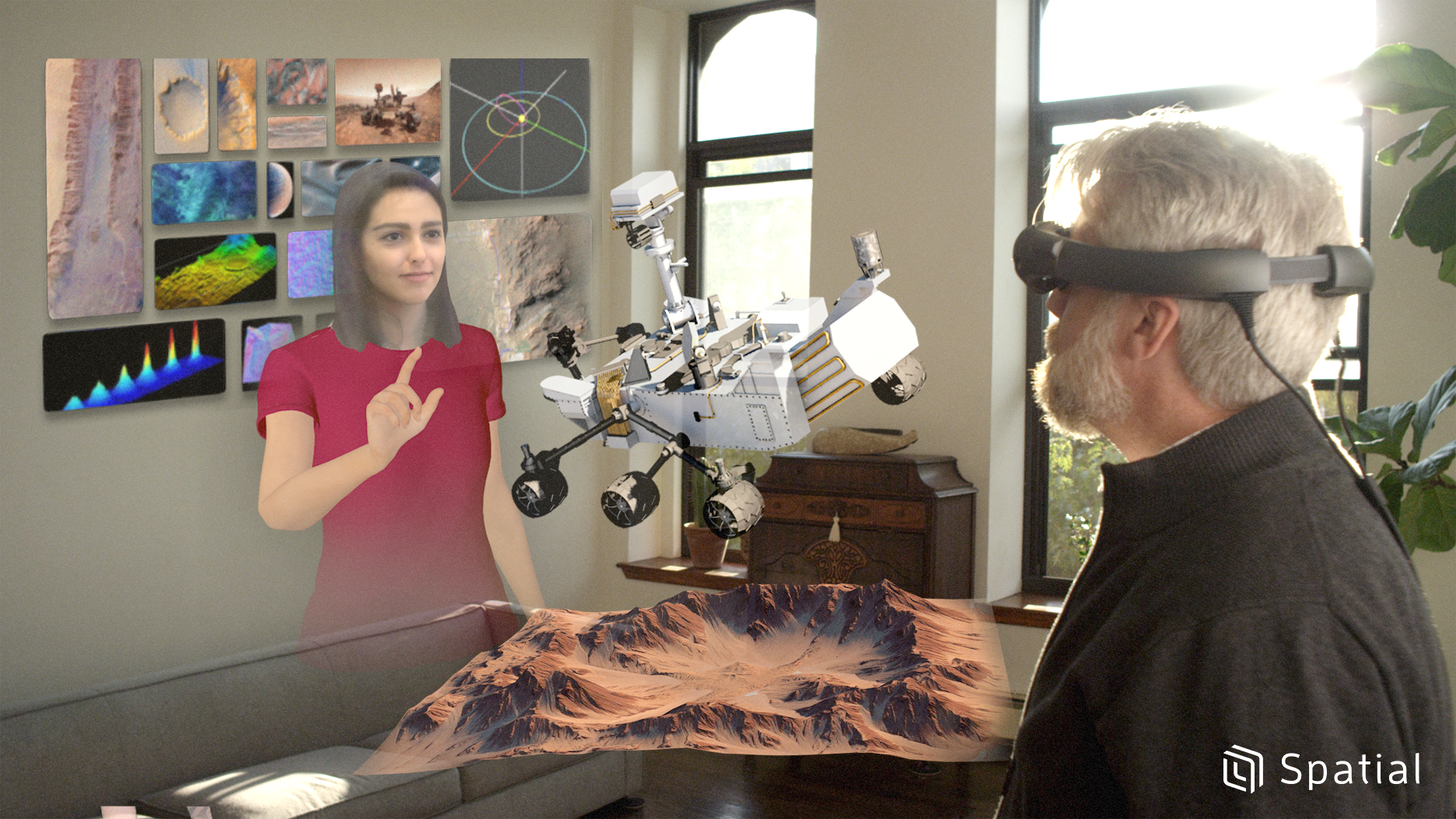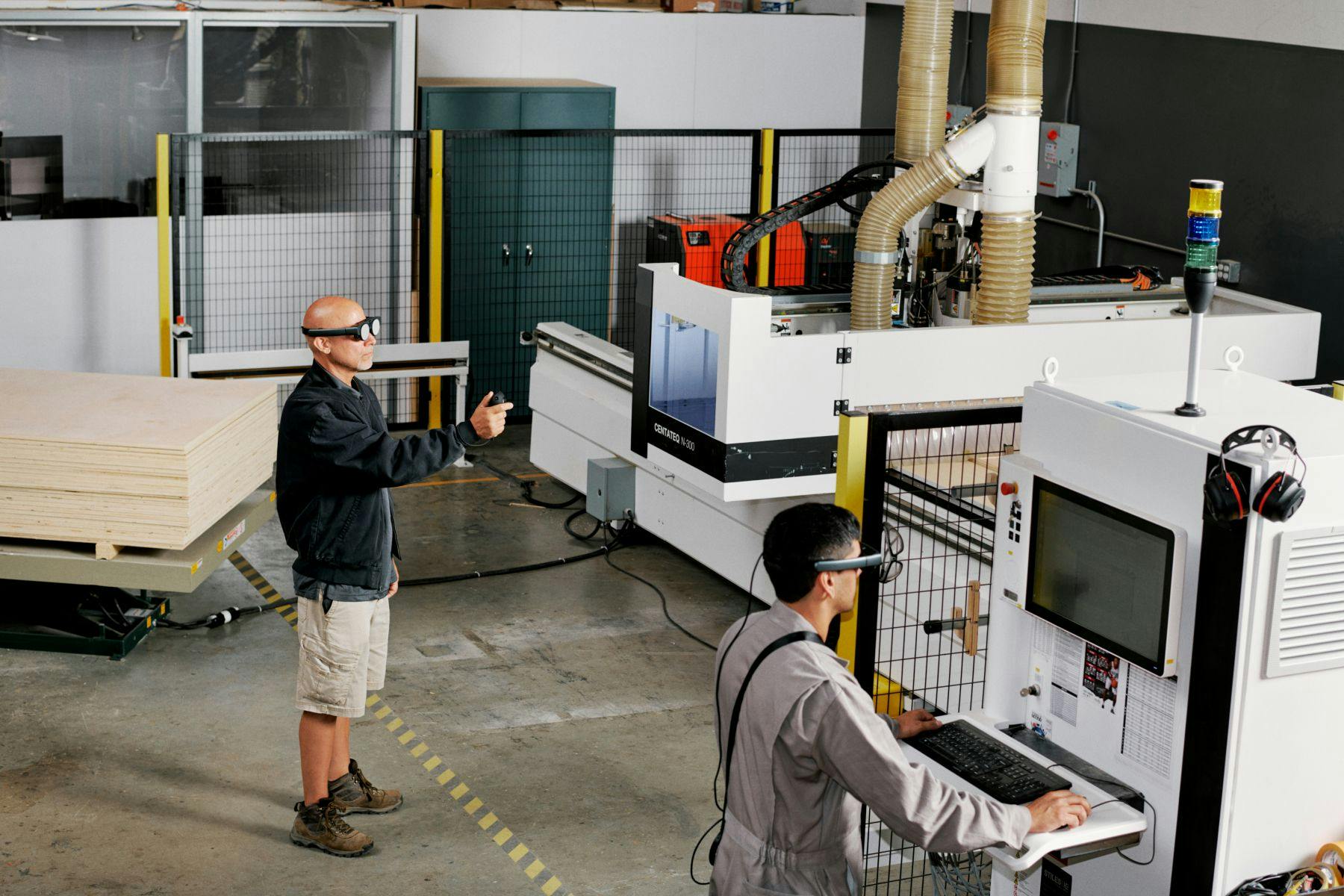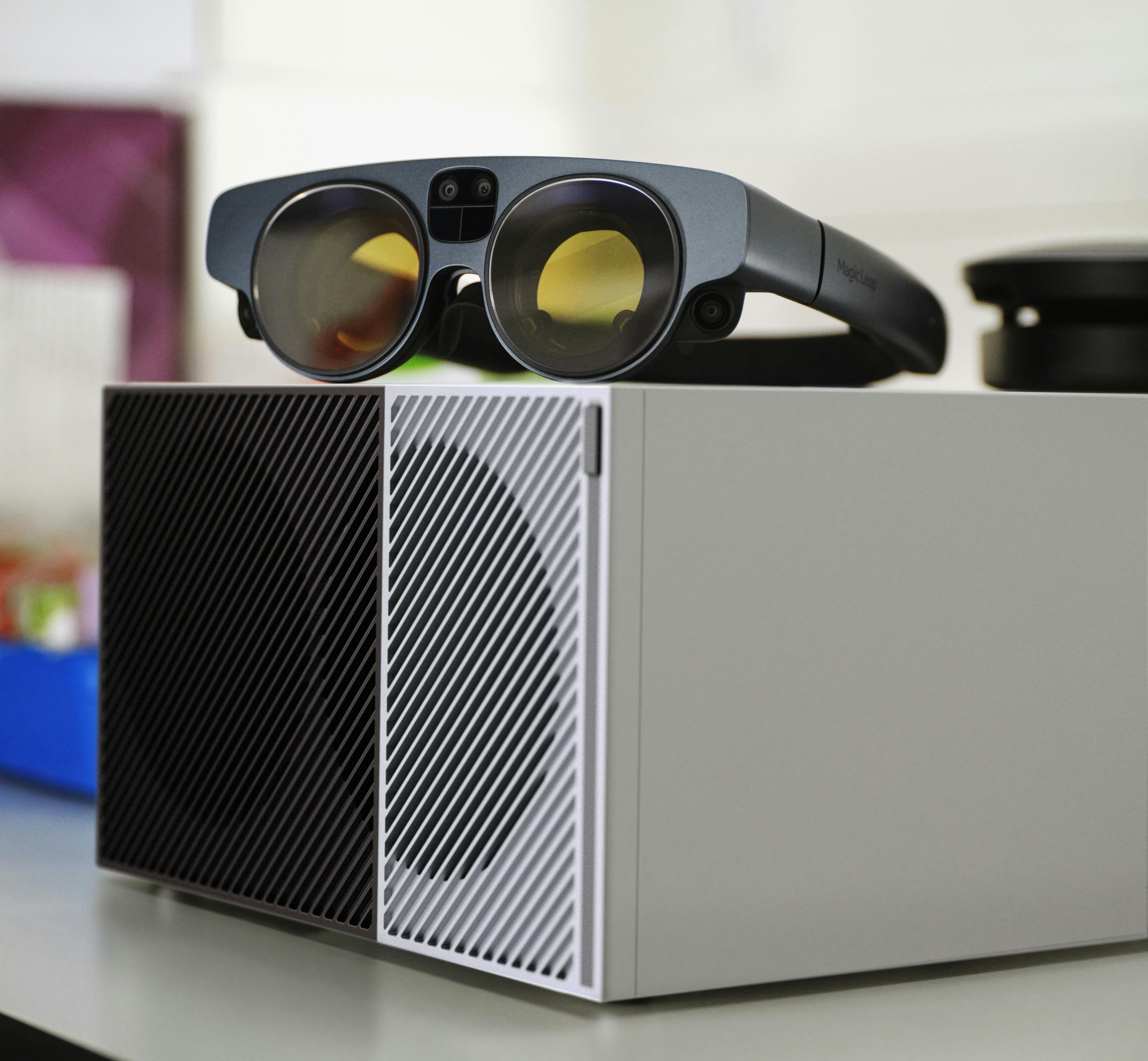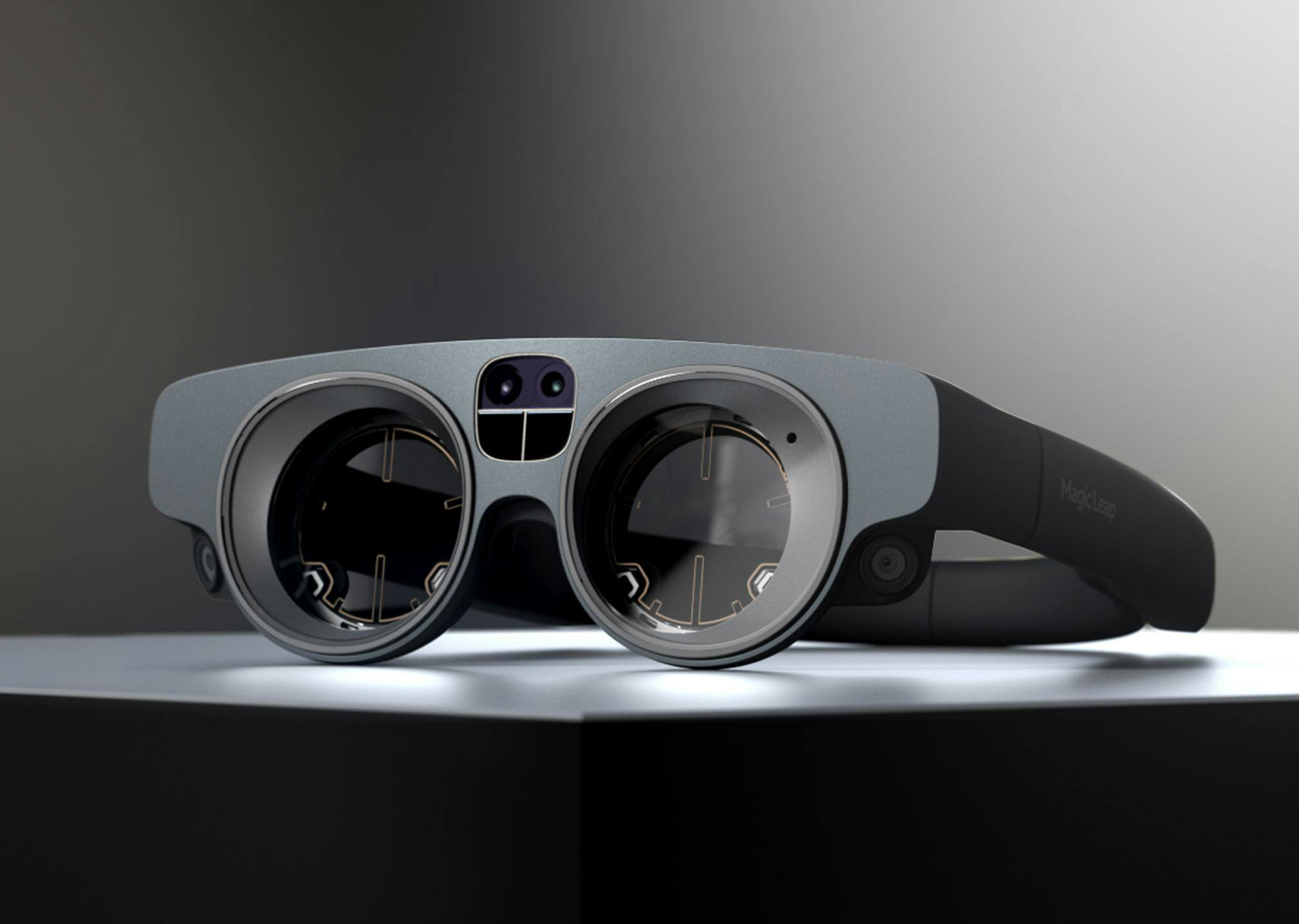News
March 6, 2020
Spatial collaboration supports growing demand for remote work
Spatial has continued to deliver next generation business collaboration tools. We caught up with their CEO to find out how Spatial is transforming the way we work.

In November 2018, we launched our Independent Creator Program to help spur the development of cutting-edge spatial computing experiences.
The brief was simple: tell us your best development idea and we’ll help make it happen. We were thrilled to receive more than 6,500 entries, from location-based experiences and spatial computing gaming concepts, to ideas that could revolutionize the future of the enterprise. After careful deliberation, we selected the projects that would benefit from our development support and guidance. As more finalists publish their experiences to Magic Leap World, we’ll be sharing their thoughts about developing for Magic Leap 1.
Seamless collaboration, sans travel
Spatial is a cross-reality collaboration platform that allows you to hold holographic meetings, turning any room into a 3D workspace.
A shared spatial collaboration environment provides the ability to host meetings, presentations and discussions without the need to travel. Any worker can seamlessly collaborate in real time despite geographic barriers.
A variety of industries from fashion to the oil and gas industry are now embracing applications such as Spatial for the myriad of benefits provided. From reducing travel time, cost, and carbon footprint, to the ability to create virtual “war rooms”.
The best part? Spatial computing tools are the closest alternative to actually being physically present. With Spatial, you have the ability to share 3D content as if you were in the same room and feel physically co-present.
Selected for funding as part of our Independent Creator Program, Spatial has continued to deliver next generation business collaboration tools. We caught up with their CEO, Anand Agarawala, to find out how Spatial is transforming the way we work.
Both of your co-founders are known for user interface design. How is spatial computing the next logical step?
My co-founder Jinha Lee and I have long believed that computing would eventually live in 3D space. When we tried spatial computing on Magic Leap 1 for the first time, we realized that we could finally bring our idea of a collaborative workspace to life.
How will spatial computing change the future of work?
Spatial computing allows people to collaborate across distance and time.
Instead of catching a flight to meet a client, you can put on a Magic Leap 1 headset, run Spatial, and teleport into their office. As spatial computing further evolves, we may live in a world where physical space and distance are no longer relevant.
Talent in developing countries can now work anywhere in the world, including Silicon Valley, without paying the high living costs of the Bay Area. This could help to reduce geographic and economic divides.
Another big change is that you can use 3D space to collaborate on projects, without being limited by screen size. Remote teams can brainstorm and fill a 3D space with dynamic content and data – it’s far more fun and collaborative than collating ideas online.
What is an “infinite workspace?”
With spatial computing, you can turn any space into your office, unbounded by location or the size of your laptop screen or monitor. You can take your Magic Leap 1 to a cafe and have all your browser tabs and application windows open in front of you. You can then invite your team and collaborators to teleport next to you to discuss a project. That’s an infinite workspace.
What types of teams use Spatial?
Teams from all sorts of industries are piloting Spatial—from fashion, to the oil and gas industry. Spatial can improve meetings and create a stronger sense of presence, wherever you work.
Some users are focused on 3D product design, while others are keen to reduce travel costs by adopting a more sustainable approach. Early adopters are seeing an immediate improvement to their organization’s workflow.
Spatial’s customers range from Mattel to BNP Paribas Real Estate. How do they use the platform differently?
BNP Paribas Real Estate uses Spatial on Magic Leap 1 primarily within its real estate branches. Employees all over Europe are trained to meet and collaborate daily in Spatial, from Milan, to Paris, to Belgium.
BNP Paribas is unique because it doesn’t use any other traditional collaboration tools. The majority of its meetings are held in Spatial and it now imports documents and 3D renderings of buildings and landscapes for internal meetings, with both colleagues and clients.
Other clients are exploring how spatial computing can be used for design iteration and team collaboration.
What sets Spatial apart from other remote collaboration platforms?
Spatial differs from the competition in three ways:
- Life-like Avatar Our avatars are incredibly life-like. Using a neural-network algorithm, we turn 2D images of people into photo-realistic, life-like 3D avatars at 1 to 1 scale. Our software animates these avatars based on real-time sensor data taken from the Magic Leap 1 headset, such as finger gesture, voice, and orientation. This gives users a real sense of presence, like they’re actually in the room.
- User Interface Design One important philosophy behind Spatial’s user experience design is that digital objects should behave just as if they were in the physical world. You can casually toss files, webpages or 3D models on the table, pin them on a wall, or pass them to your collaborators. It’s like you’re playing with real objects. As you lift up your fingers and say a keyword - let’s say “interior design” - , inspirational images and 3D interior design models appear before your eyes, making it easier to express ideas and making meetings more productive.
- Cross platform Spatial is hardware agnostic and runs across different spatial computing, AR, and VR headsets, as well as computers and phones. This is really important because it means you can easily share data stored on existing devices in meetings held on Spatial. You could, for example, write a sticky note on your phone and send it out to a wall or a desk.
Companies like BNP Paribas Real Estate are already using Magic Leap 1 and Spatial to collaborate and do business. At Magic Leap, the sales team regularly meets on Spatial.
Spatial recently raised an additional $14 million in funding to continue developing its holographic 3D workspace platform.
We’re excited to be part of Spatial’s journey as the company continues to grow and expand.
Spatial’s workspace collaboration app is available now on Magic Leap World.
Latest Content
April 22, 2024
Improve precision and efficiency with Magic Leap 2 for AEC
Blog
April 2, 2024
Enhance manufacturing productivity and operational excellence with Magic Leap 2
News
March 25, 2024
NVIDIA IGX + Magic Leap 2 XR Bundle Now Available
Blog
March 22, 2024



